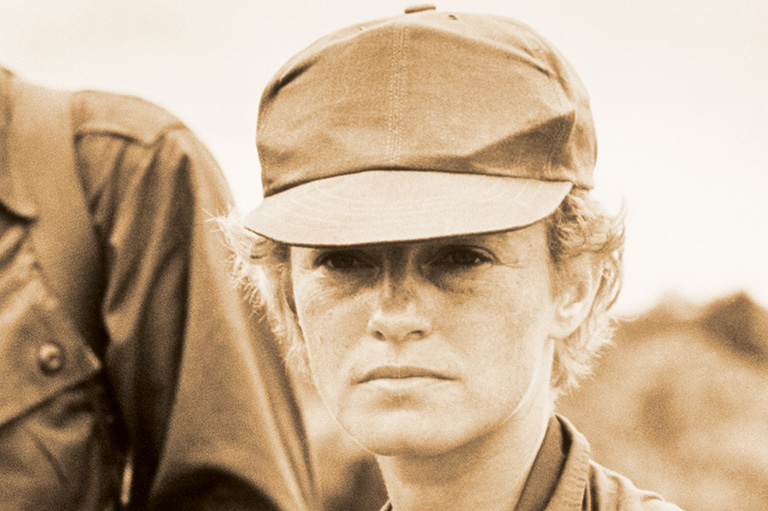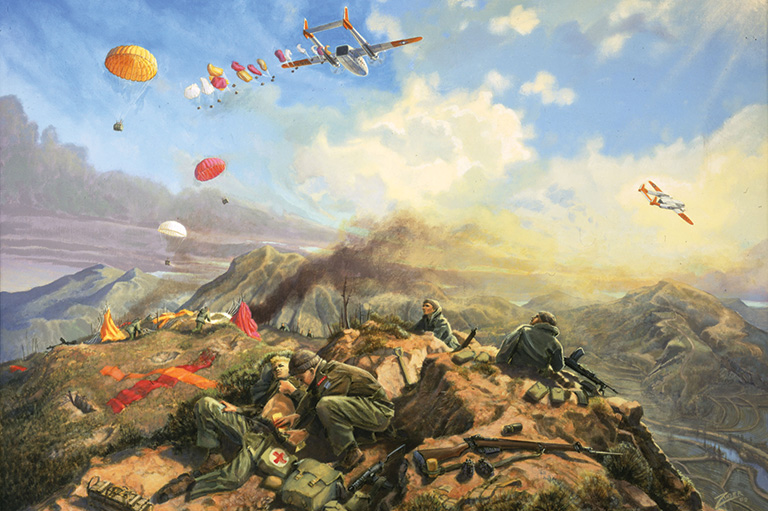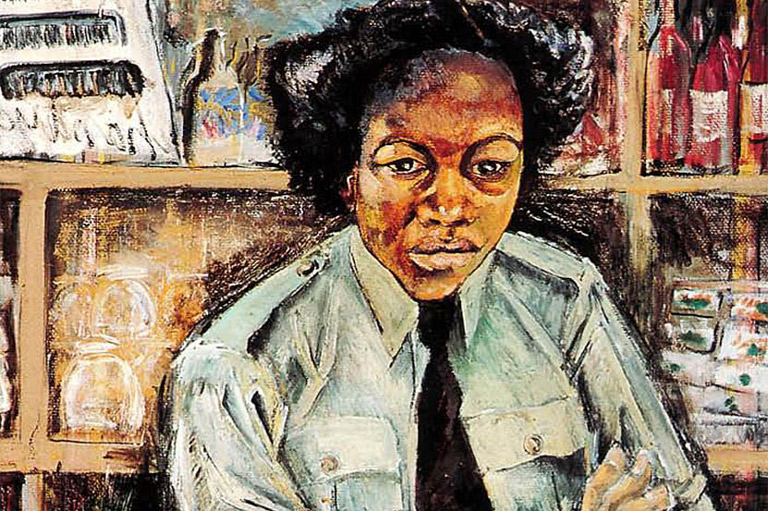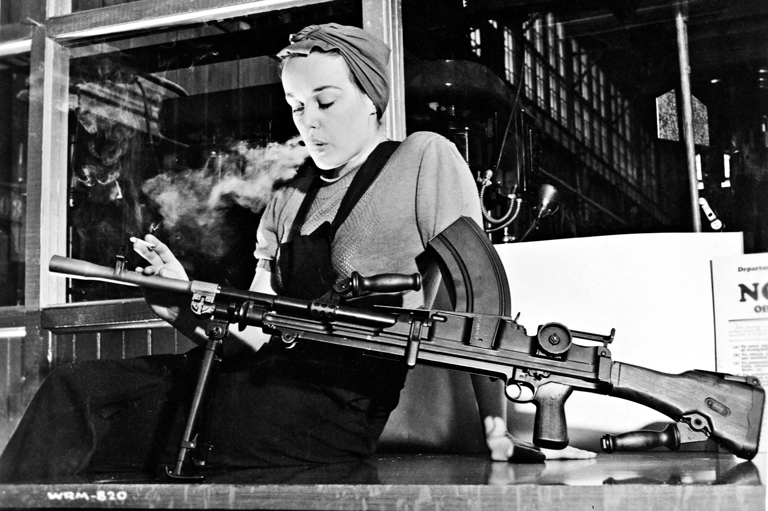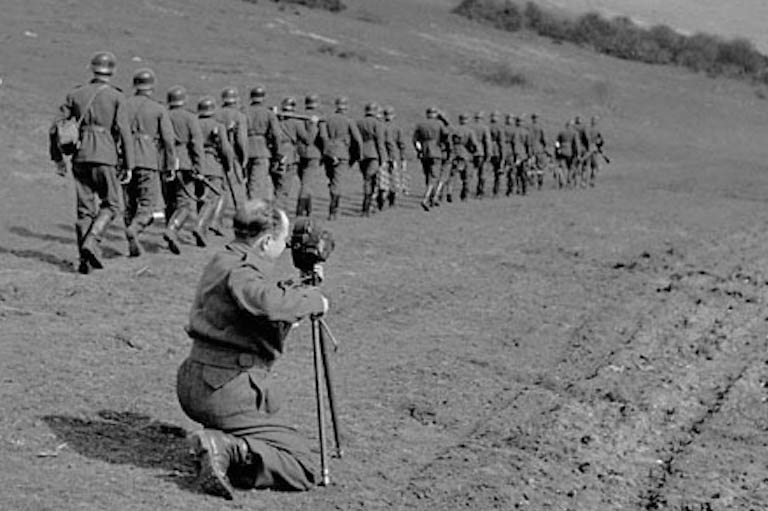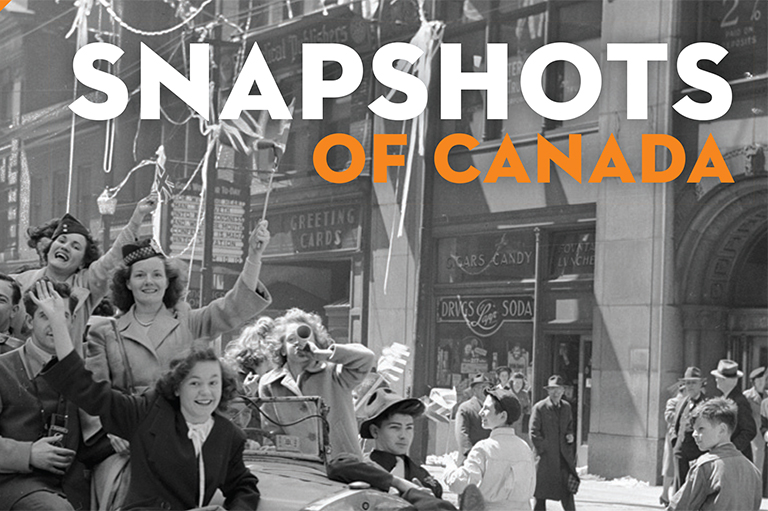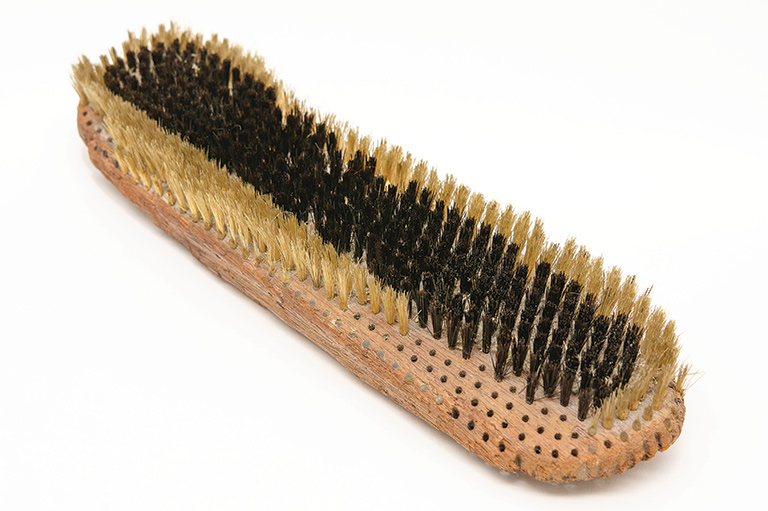Conflicting Views
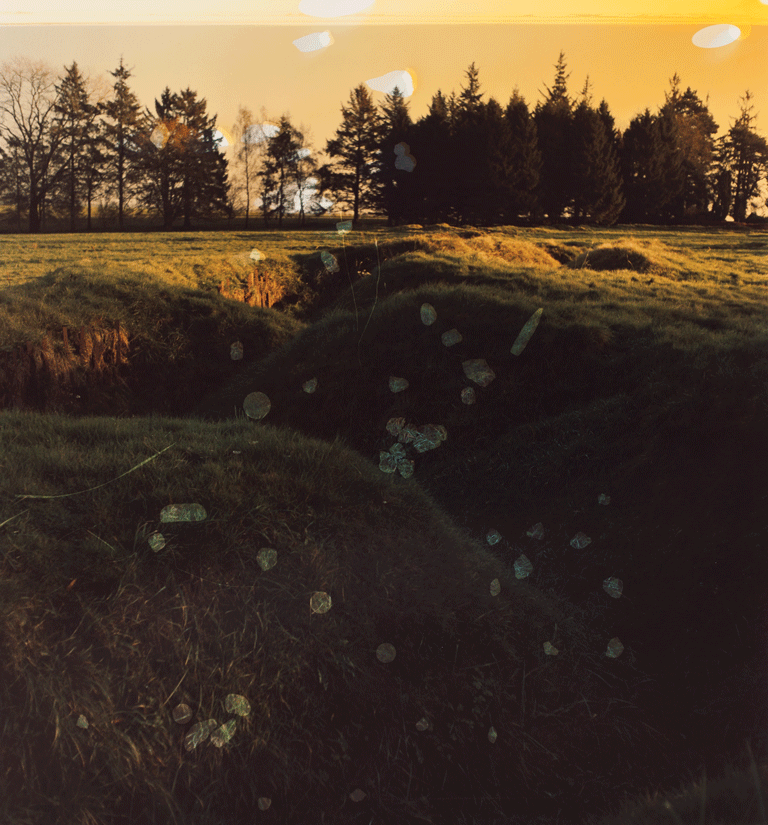
In 2014, Canadian artist Dianne Bos visited a First World War battle site near Ypres, Belgium, where she accidentally slipped down the embankment of a pond that is today known as the Caterpillar Crater.
The crater was created in 1917 when the Allies detonated thirty thousand kilograms of explosives beneath German positions during the Battle of Messines. Bos says that as she recovered from her minor spill, she was “engulfed by a paralyzing sadness” as she recalled the injuries and deaths from a century ago.
For her exhibition The Sleeping Green: No Man’s Land 100 Years Later, organized by the Lethbridge Art Gallery and touring to the Hamilton Art Gallery this spring, Bos travelled to battle sites along the Western Front where Canadian and Newfoundland regiments played a key role.
Using handmade pinhole cameras, she photographed the trenches, craters, plant life, skies, and memorials that stand on these sites today. She was struck by how much the land has healed while still bearing the scars of history. Bos asks, “Does an echo of war still resonate?”
Bos’s pinhole photographs use extended exposures to create what she calls “still images of a passage of time.” The photos are accompanied by original editions of poetry and prose books — selected by University of Calgary English professor Harry Vandervlist — that were published during the Great War.
Themes associated with this article
Advertisement

